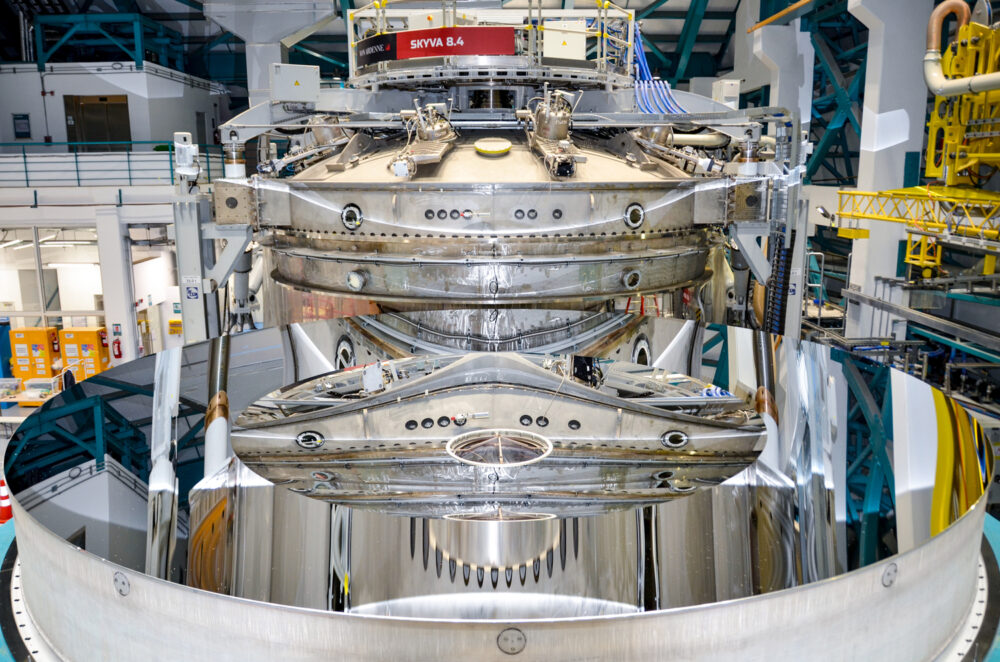
Did you know that the 8.4-meter mirror used in Rubin Observatory’s Simonyi Survey Telescope is one of the largest single telescope mirrors produced in the world? Have you ever wondered how a mirror of this size is made and polished to be among the most perfect optical surfaces ever created? Scroll through to find out....

A telescope’s mirror collects light — the larger the mirror, the more light it can collect, detecting fainter objects with higher resolution. When fully adapted to the dark, the opening of our eye (the iris) has a diameter of approximately 6mm. Rubin’s 8.4-meter mirror collects over a million times the light of the human eye!
Image credit: Howard Lester/ Rubin Observatory
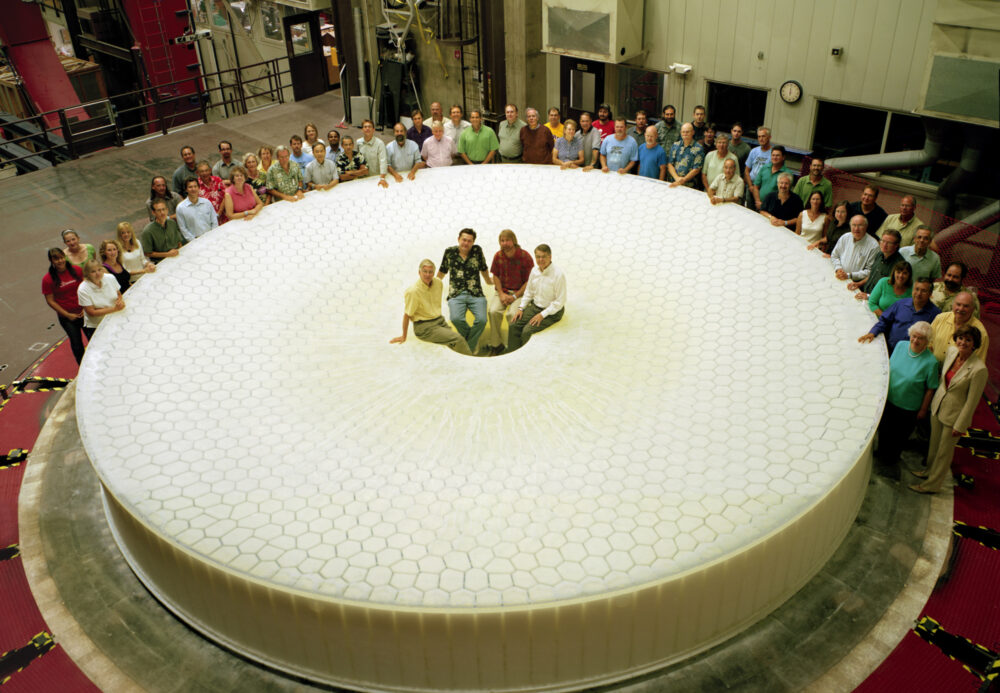
Rubin’s 8.4-meter mirror was fabricated at the Richard F. Caris Mirror Lab at the University of Arizona, the only facility of its kind in the world. This lab has also cast and polished mirrors for some of the world’s largest and state-of-the-art telescopes like the Large Binocular Telescope and Giant Magellan Telescope.
A British-American astrophysicist named Roger Angel developed the mirror lab's "spin-casting" method for making telescope mirrors, where glass is loaded into a heat-resistant mold in an oven and spun to create the mirror structure and the curved shape needed to focus incoming light from space.
Image credit: Michael Barera
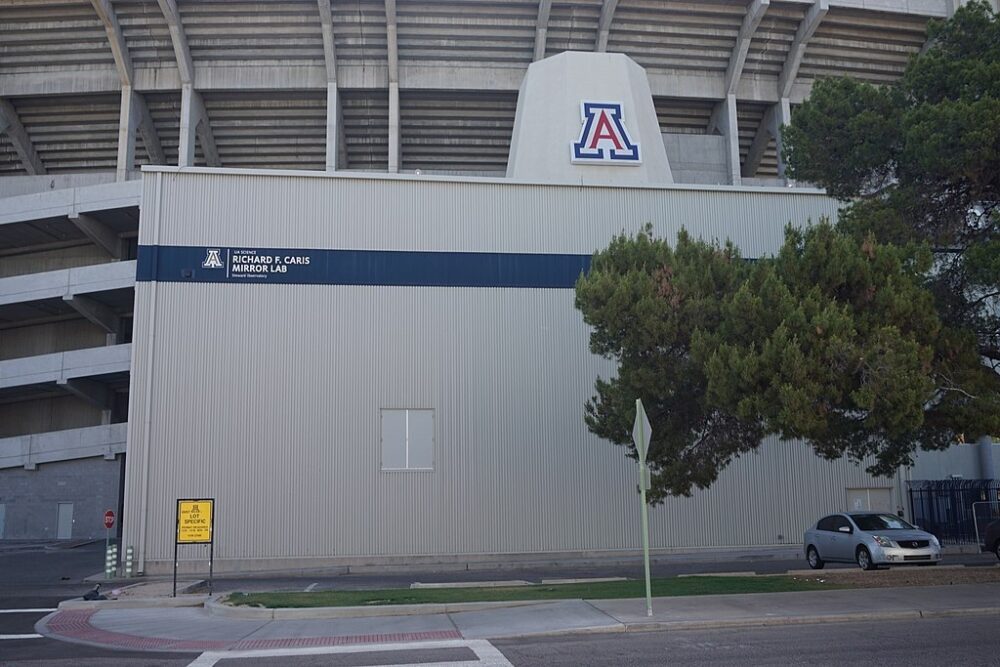
How is a mirror of this size made?
It all begins with chunks of raw glass, specifically formulated to have a low coefficient of thermal expansion so the telescope mirror won't change shape with temperature changes. The raw borosilicate glass comes from Ohara in Japan, and once it arrives at the lab each piece must be inspected for defects before it can be placed into the casting mold. Defects in the raw glass will translate to the final mirror, so any glass with a defect cannot be used unless the area with the defect can be broken off.
After careful inspection, the glass chunks are loaded one at a time into a custom-built mold that the oven will be constructed around. The mold contains heat-resistant cores in a honeycomb shape—during the spin-casting process the glass softens to the consistency of honey and fills the mold.
Image credit: Dean Ketelsen
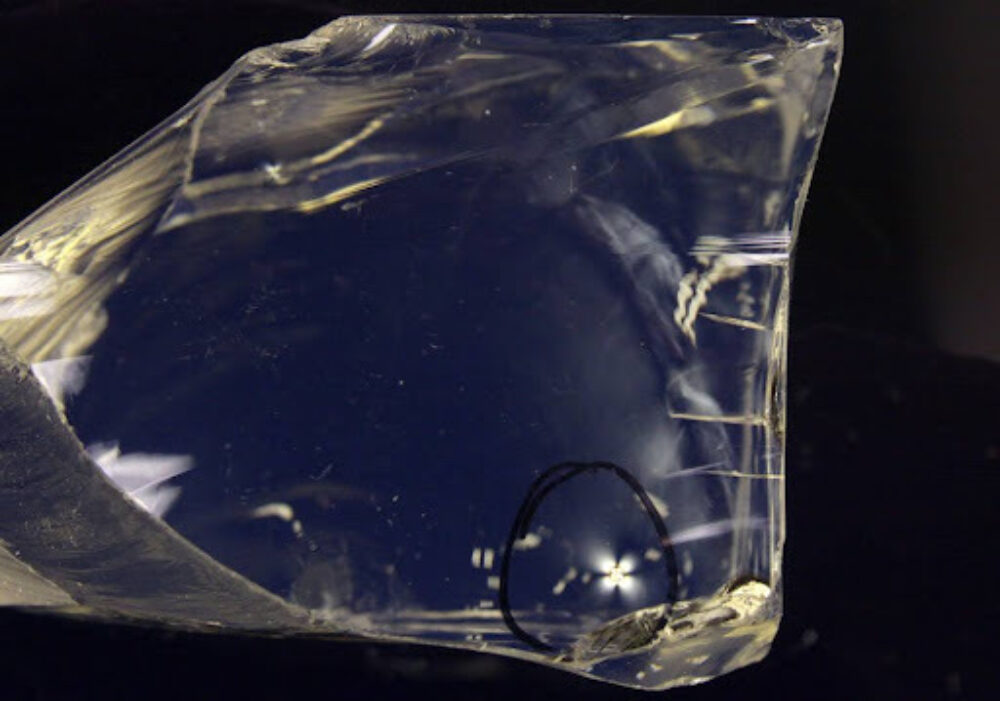
Once all the glass (about 26 tons!) is loaded in the mold, the oven is sealed, turned on, and begins to spin. The temperature climbs slowly over many days as the glass softens, slumps, and flows into the mold.
There are several cameras inside the rotating oven (which is pretty amazing in and of itself) so the process can be closely monitored.
Image credit: Dean Ketelsen

At 499ºC (930ºF), the glass blocks begin to soften.
Image credit: Richard F. Caris Mirror Lab, University of Arizona
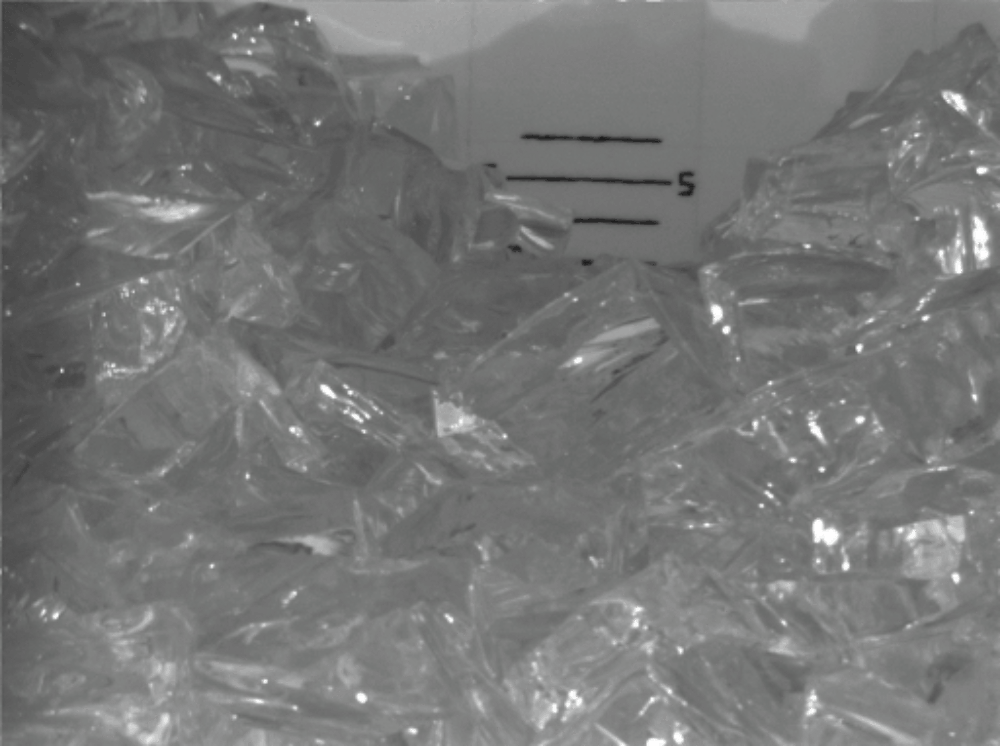
Here's the glass at 875ºC (~1600ºF).
Image credit: Richard F. Caris Mirror Lab, University of Arizona
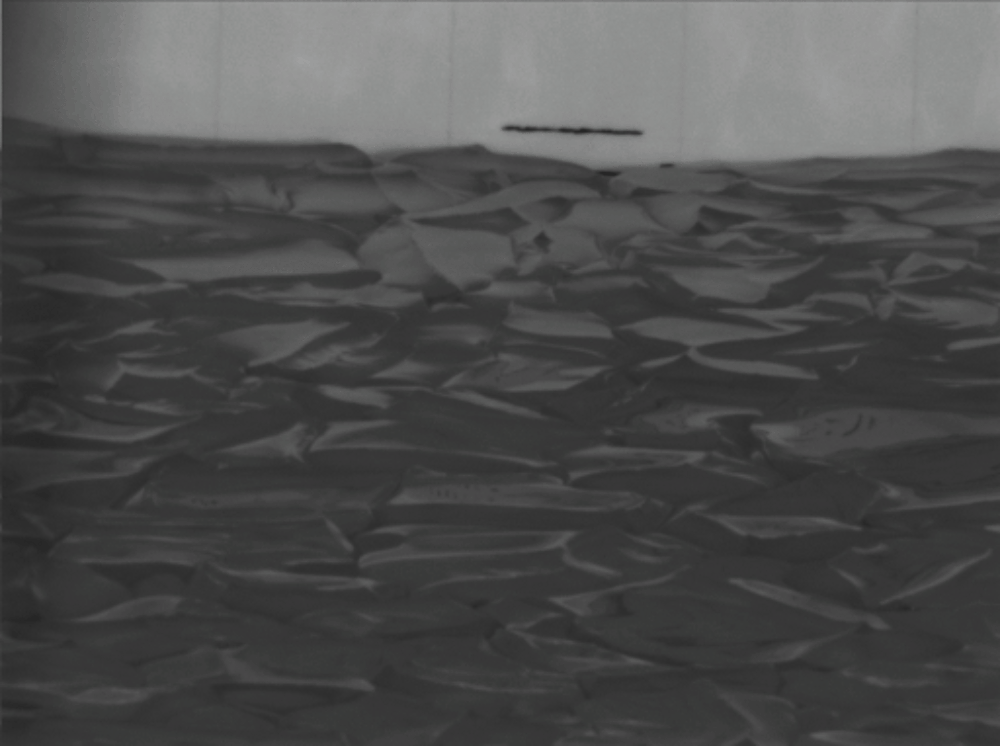
And now it's 1028ºC (~1880ºF), within 5ºC (9ºF) of its maximum temperature. The point of maximum temperature is ceremoniously called "high fire." The markings on the side of the oven provide additional confirmation that the mold has filled with all the glass.
Image credit: Richard F. Caris Mirror Lab, University of Arizona
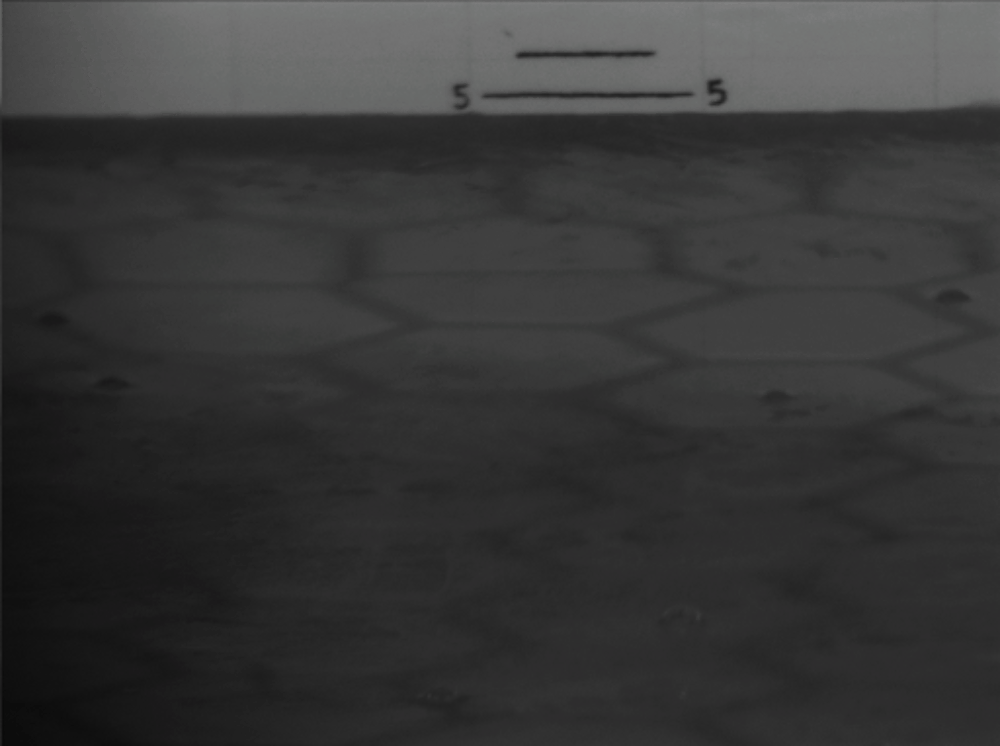
Once the mirror reaches this point of high fire the oven continues to spin, creating a curved, parabolic surface that's higher on the edge than in the center. The oven is then cooled very slowly, over a couple of months, so the glass won’t crack.
Once the glass is completely cool, the oven is opened and the mirror blank is removed. The cores that comprise the mold are able to withstand the very high temperatures just described, but at this point they're so brittle they can be washed out of the back of the mirror blank after casting, leaving behind a “lightweight” mirror.
In this image, we see the back of the mirror where there is a hole for each hollow core in mold.
Image credit: Richard F. Caris Mirror Lab, University of Arizona
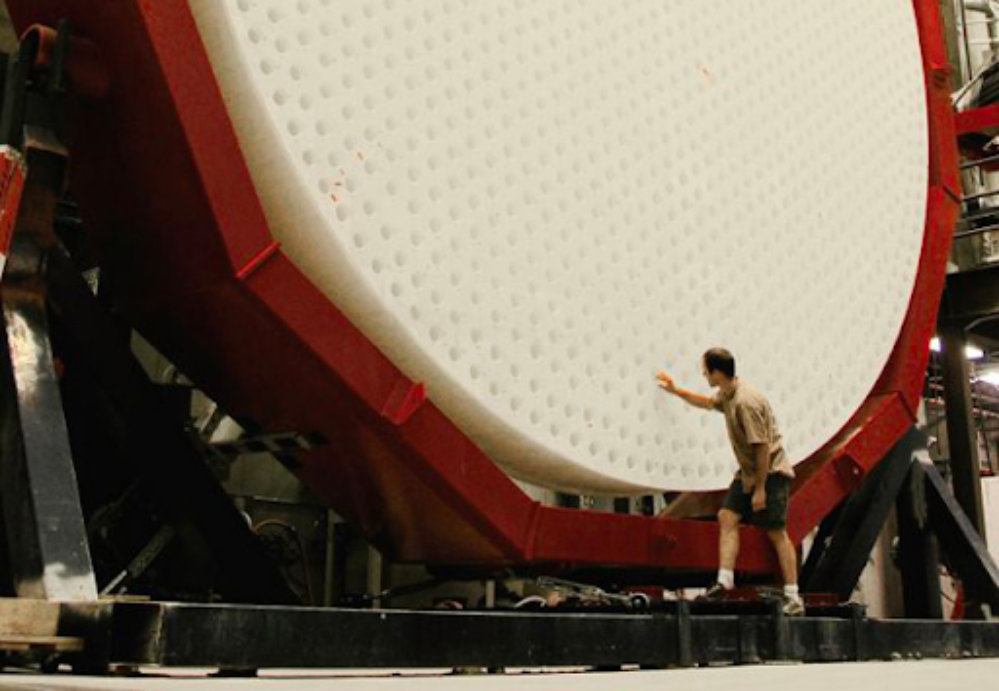
After it was cast, Rubin’s 8.4-meter mirror entered a period of rough grinding where its specific curvatures were generated. Once this was complete, the mirror then entered the polishing stage, which lasted well over a year.
In order to achieve the needed nearly-perfect surface, polishing was completed very slowly. Generally, the mirror blank was polished for approximately a week, then moved to a test tower where the surface accuracy was mapped. Testing lasted several days, after which it was moved back to polishing for continued work.
In total, a mirror like Rubin’s will go through 25-30 polishing-testing cycles. At the end, while not perfectly smooth, the variations that exist on Rubin’s mirror are on the order of 15-20 nanometers. For scale, if you blew Rubin's 8.4-meter mirror up to the width of the United States or the length of Chile, the tallest hill or deepest valley would be only 1 centimeter!
Image credit: Richard F. Caris Mirror Lab, University of Arizona
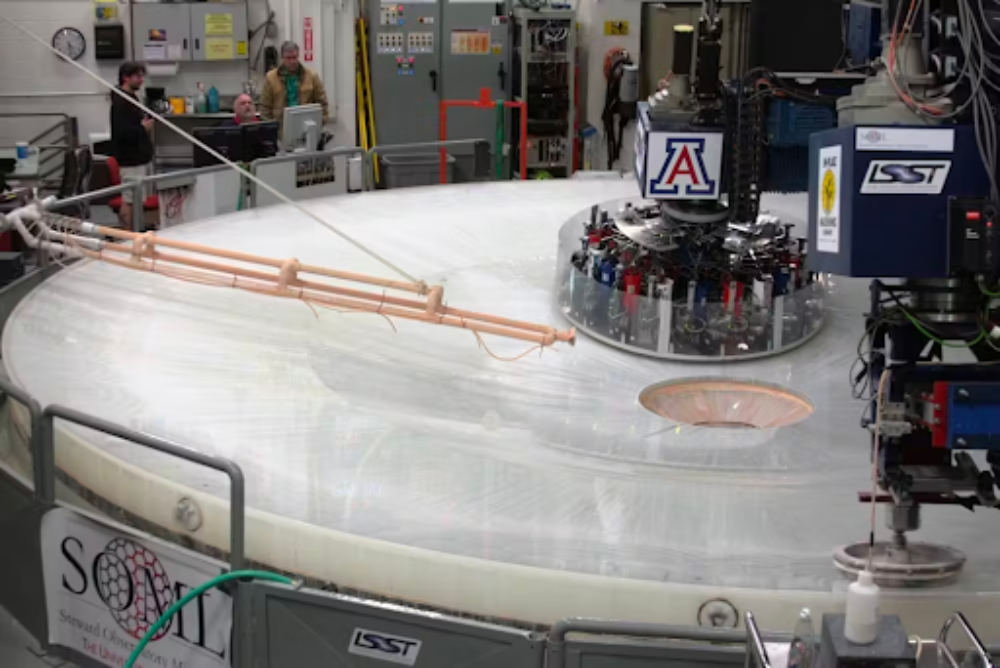
As a final step, the polished Rubin mirror blank was coated with a blue polymer layer to protect the glass during storage and shipping to Chile.
Image credit: Vannessa Gressieux/Mount Lemmon SkyCenter/University of Arizona
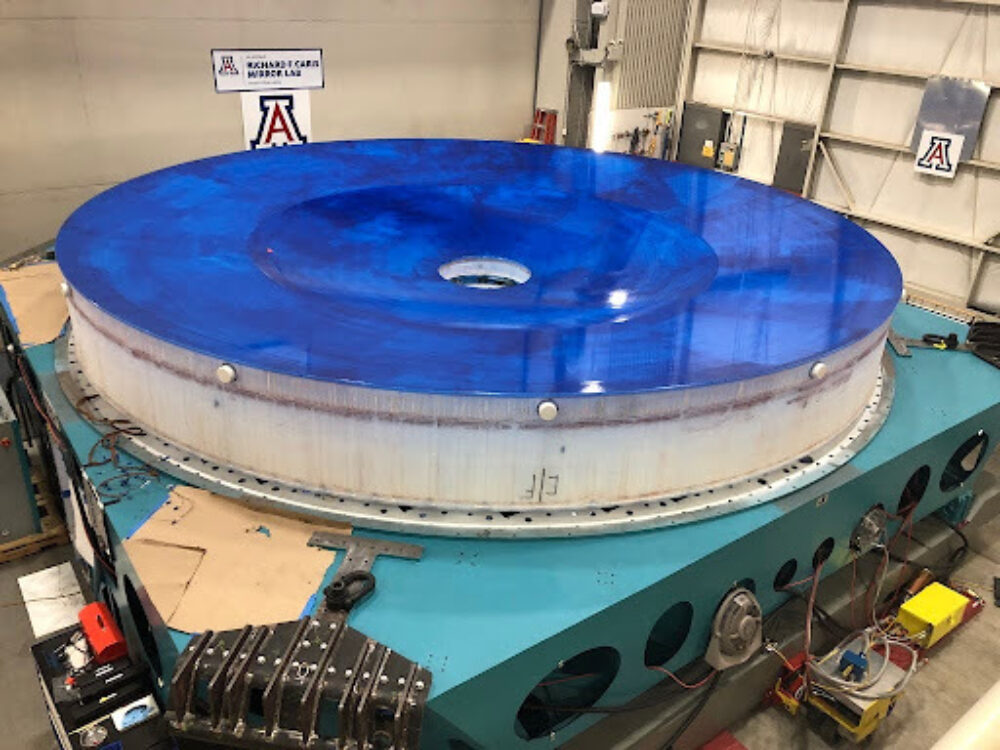
Following the application of the blue coating, the mirror was secured in its shipping container and loaded on a specialized transport vehicle. First, it was driven to a storage location nearby. Then, in 2019 it was loaded on a vehicle again and driven to the ship that would take it to Chile.
Image credit: RubinObs/NSF/AURA
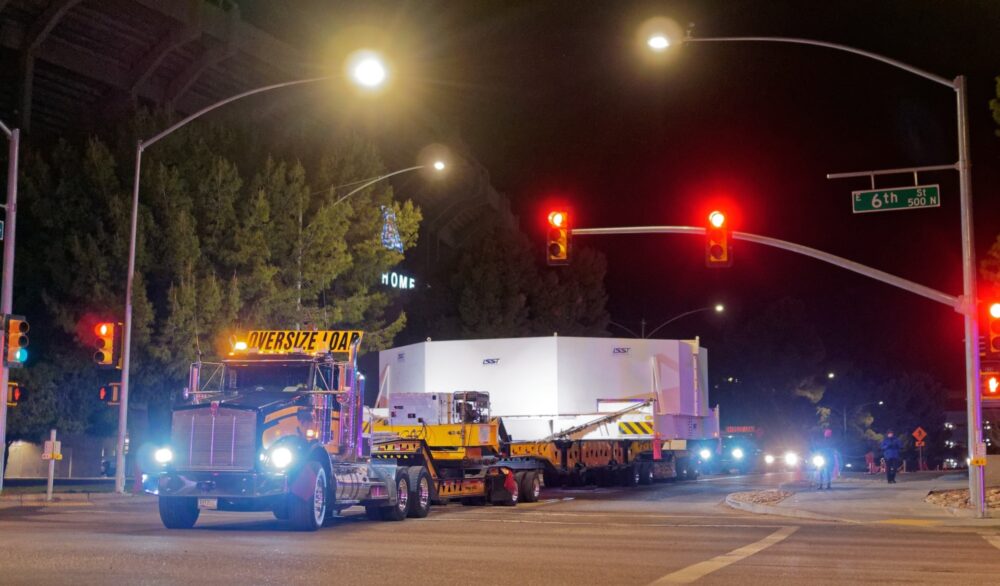
The mirror arrived in Chile in May 2019, and it was driven to the summit on another specialized vehicle. Because the box carrying the mirror was so large, the transport team drove to the base of Cerro Pachón at night, and some roads had to be temporarily closed to public traffic.
In this image, with just inches to spare, a truck carrying the mirror makes its way through the Puclaro tunnel in Chile, the narrowest point along the route to the summit.
Image credit: RubinObs/NSF/AURA

Once the mirror reached the summit of Cerro Pachón, it was stored in its transport case in a building near the observatory, which was still under construction.
Image credit: Rubin Obs/NSF/AURA
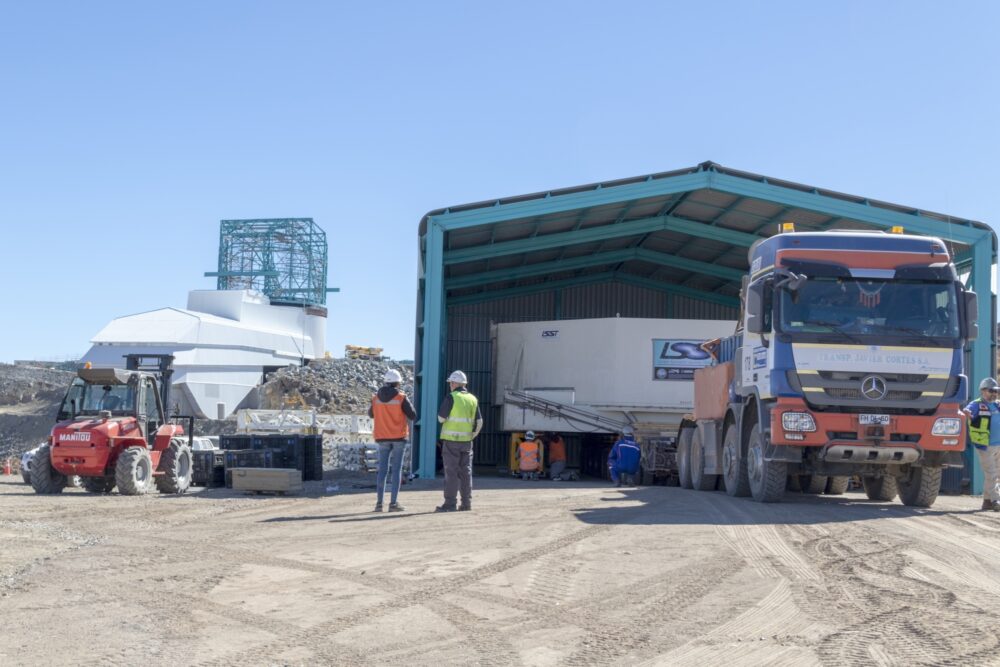
In March 2024, the mirror was moved into the observatory and prepared for coating in Rubin’s onsite coating chamber.
Image credit: Rubin Obs/NSF/AURA/O. Rivera
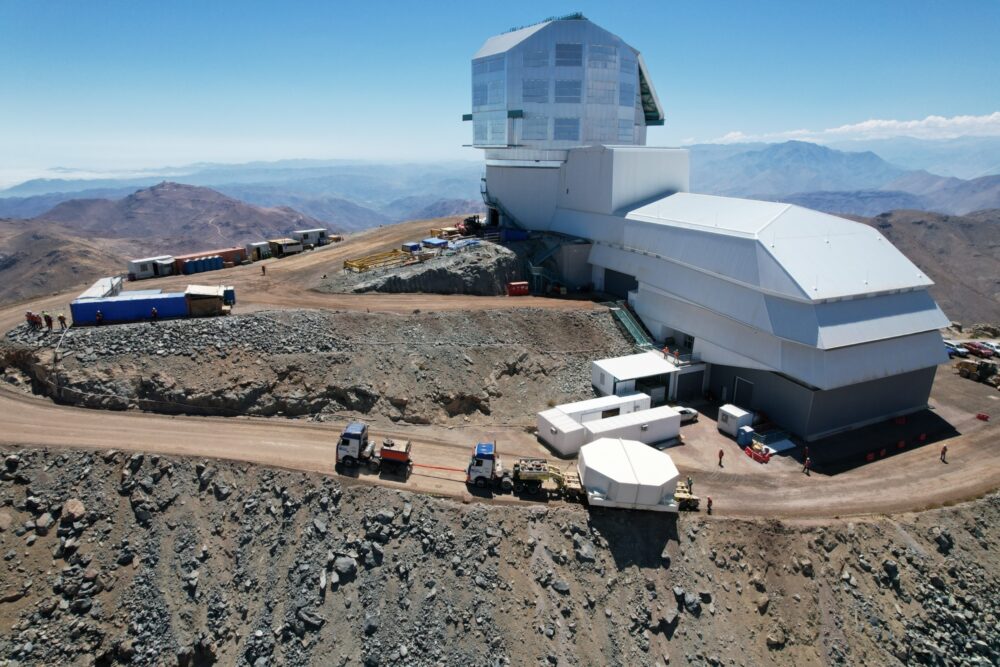
After lots of testing, Rubin scientists and engineers determined that coating the mirror with protected silver (the same material used to coat the 3.4-secondary mirror in 2019) would achieve the best science results for Rubin Observatory.
The mirror’s reflective layer is incredibly thin, in fact, the amount of silver used to coat the entire 8.4-meter surface (64 grams) would form a ball about the size of a cherry tomato!
As a final preparation step, the blue coating on the mirror was removed, exposing the glass for the first time since 2015.
Image credit: Rubin Obs/NSF/AURA
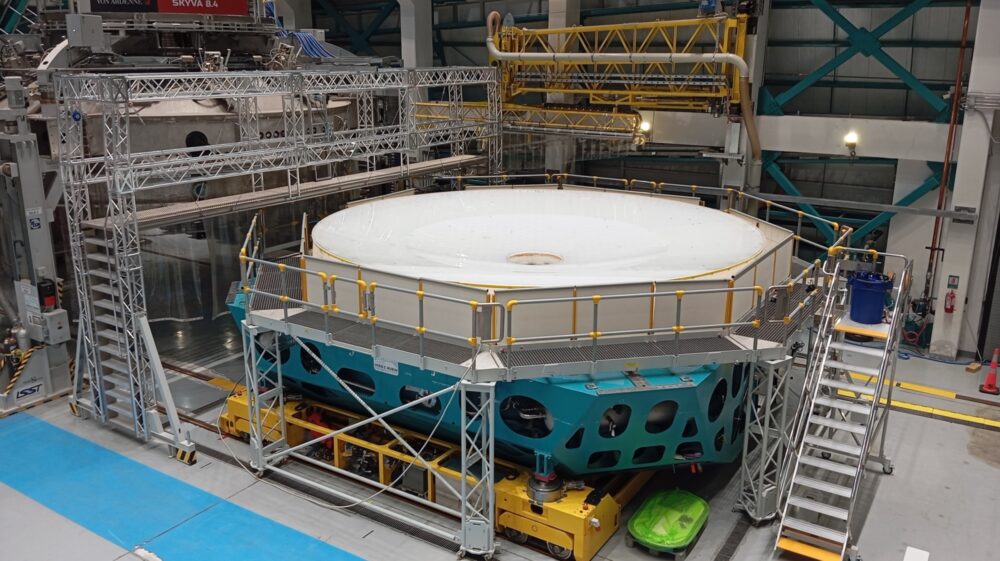
With its dazzling new coat, the 8.4-meter mirror is now ready to help Rubin Observatory capture the cosmos!
